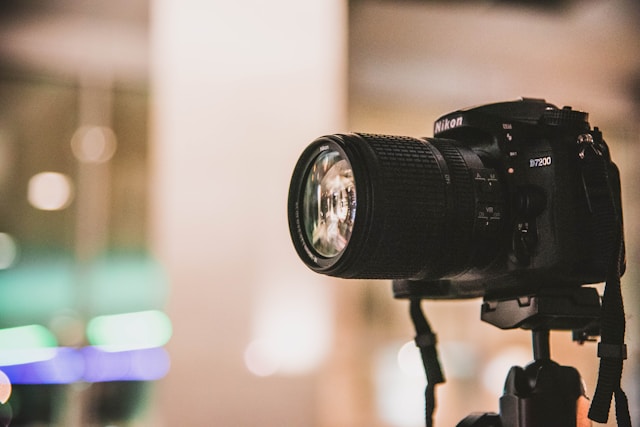But these often only offer the appearance of authenticity compared to their familiar religious and spiritual practices. This has led to the perpetuation of the stereotype of the “noble savage,” who sees indigenous cultures denigrated by Westerners, while certain cultural practices are praised and eventually diluted to such an extent that they are dragged along. These peyote buds contain psychedelic alkaloids, mainly mescaline, an alkaloid drug that has hallucinogenic effects on humans. While he admits that psychedelics like mescaline are toxins, he also believes that the “mind-altering power” of psychedelics can be used to help people suffering from alcoholism and addiction. Mescaline interacts with 5-HT2A receptors in the brain, which relate to how the body uses serotonin. These receptors are also targeted by other classic hallucinogens, such as LSD and psilocybin mushrooms.
The renewed interest in the potential therapeutic applications of psychedelic drugs may provide further insights for the development of more powerful analogues. Although its illegal administration is less common, compared to cocaine and cannabis, it has been widely described in adolescents and young adults, and legal use is common in religious and therapeutic rituals practiced by the Native American Church. In addition, as a derivative of phenethylamine, signs and symptoms are consistent with a sympathomimetic effect.
When people take hallucinogens, these drugs change the way neural circuits in their brains behave and interact with the neurotransmitter serotonin. Many hallucinogens, including peyote, affect the cerebral cortex, which is responsible for thinking, memory and language. Peyote may not seem addictive, as users peyote cactus for sale do not develop physical dependence as with other drugs. On the other hand, peyote can be abused, and when people use it repeatedly, they can suffer psychological consequences. Although peyote may be a drug, it is primarily used as a substance for religious use among Native Americans and Central Americans.
The symptoms of mescaline poisoning are consistent with a sympathomimetic toxiroom, namely hyperreflexia, tachycardia, agitation, muscle stiffness, ataxia, convulsions, mydriasis, sialorrhea, hyperthermia and paresthesia. Methoxy side chains are likely responsible for the hallucinogenic effects of mescaline and are found in similar compounds that are known hallucinogens, including the “designer” street drug 2,5-dimethoxy-4-methylphenylisopropylamine. Nausea, vomiting and anorexia have been inconsistently reported after taking peyote. Although it is not completely rinsed, it is probably due to the very bitter taste of the plant rather than the effects of the active ingredient mescaline. In a study with volunteers receiving synthetic mescaline, vomiting was not observed in any of the participants.
The peak of the effects does not exist alongside the peak concentration of mescaline in the brain, suggesting that mescaline undergoes bioactivation to produce the maximum effect. Previously, the administration of chlorpromazine (15 mg/kg) to mice 30 minutes before or 45 minutes after a tracerd dose of mescaline was shown to cause a marked retention of the hallucinogen in the brain and other tissues studied. It was speculated that the effect was due to blocking the removal of mescaline from various tissues, as the initial entry of the hallucinogen was not affected. The search methodology was performed as described in previous publications on the metabolism and metabolomics of other drugs [5, 18-27].
Participants completed an extensive questionnaire about their experience with mescaline. They also completed a mental health assessment, in which they reported symptoms of depression, anxiety, post-traumatic stress disorder, alcohol abuse or alcohol use disorder, and drug abuse or drug use disorder. Natives who still practice traditional medicine are well aware of the healing benefits of using medicinal plants.
The physiological and CNS effects of mescaline use are similar to those of LSD, but more vivid hallucinations may occur. Nausea and vomiting are pronounced and almost always precede hallucinogenic effects, which is an important aspect of the spiritual cleansing ritual. Peyote is sometimes taken intentionally, such as LSD and other psychedelic drugs, to produce a temporarily altered state of existence. The effects of taking peyote are both physical and psychological, and users often describe their experience as a good or bad “trip.” The effects of peyote or a peyote trip can begin within 20 to 90 minutes of ingestion and can last up to 12 hours, depending on how much the user takes.
There have been some reports of poisonings caused by hallucinogens that require emergency management, including deaths, but the information available on these cases is very limited. Usually, most patients treated in health facilities only need sedation and supportive measures. If a patient arrives in the emergency room with a suspicion of hallucinogenic poisoning, multiple drug tests should be performed to assess the possibility of simultaneous intake of other substances instead of hallucinogens, as they are quickly eliminated from the body.
Culturally and traditionally, indigenous peoples have a particularly close relationship with plants. Even today, about 80% of the world’s population still uses herbs as primary medicines. Although, tragically, due to the federal government’s policy of ending and assimilating natives in this country and the suppression of cultural and spiritual beliefs that followed, much knowledge of traditional American Indian plants has been lost.
Electronic copies of the full articles from retrieved journal articles, as well as books on peyote, mescaline and other hallucinogens, were obtained and then further reviewed for additional publications related to in vivo and in vitro studies in humans and non-humans. Mescaline (3,4,5-trimethoxyphenethylamine) is a natural alkaloid that has been used in religious rituals for thousands of years for its psychedelic properties and for medicinal purposes by the natives of North America for 5700 years. Currently, mescaline is still legally used with apparent safety by the Native American Church during religious ceremonies, which are traditionally held at night and last about 12 hours [7-9].



